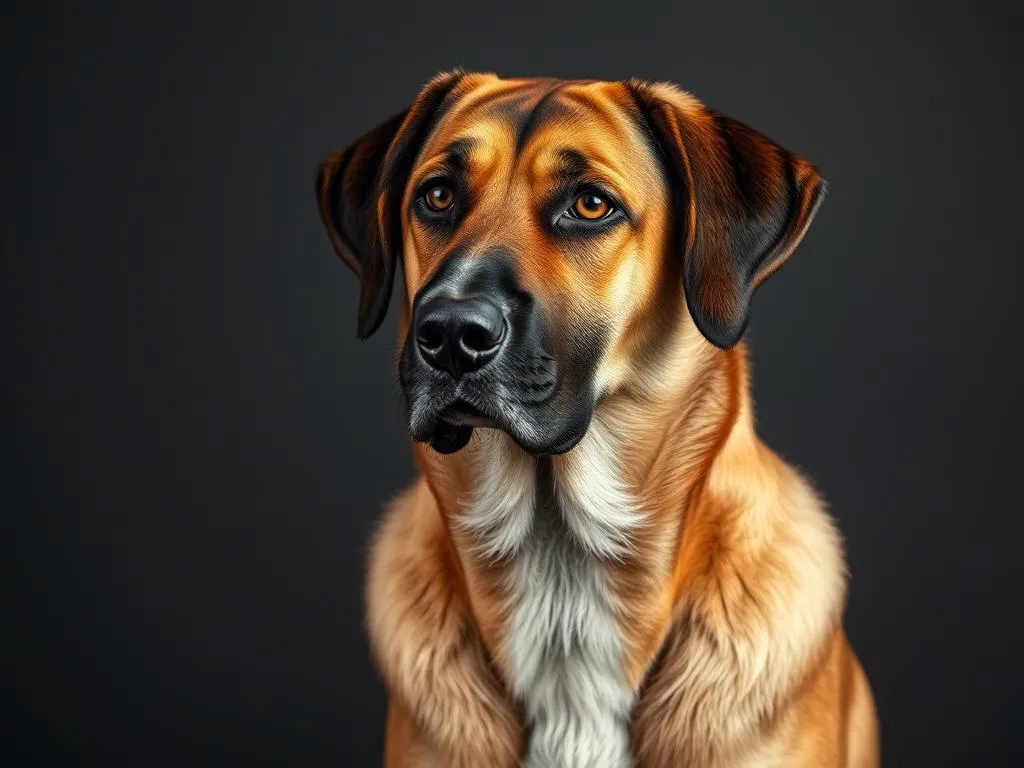
Introduction
Understanding dog breeds is essential for prospective pet owners and dog enthusiasts alike. Each breed comes with its own unique characteristics, temperaments, and care requirements, which can significantly impact the relationship between the dog and its owner. One breed that stands out for its distinctive traits is the Finnish Hound. Known for its hunting prowess and affectionate nature, the Finnish Hound is a fascinating breed with a rich history. This article aims to provide comprehensive insights into the Finnish Hound, covering its characteristics, care, training, and suitability for various lifestyles.
Understanding Dog Breeds
Definition of Dog Breeds
A dog breed is a specific type of domestic dog distinguished by particular traits, including physical characteristics, behavior, and temperament. These traits are often the result of selective breeding for specific functions, such as herding, guarding, or companionship. Understanding these traits is crucial for owners in determining the most suitable breed for their lifestyles.
The Role of Breeds in Human Society
Historically, dog breeding has played a pivotal role in human society. From ancient times, dogs have been bred for various purposes, fulfilling roles as hunters, protectors, and companions. Each breed’s traits are tailored to meet specific needs, making them invaluable in different contexts. For instance, herding breeds are adept at managing livestock, while toy breeds are often cherished for their companionship.
Overview of the Finnish Hound
History and Origin
The Finnish Hound, or “Suomenajokoira,” is a breed that originated in Finland, where it was primarily developed for hunting purposes. With roots tracing back to the 19th century, this breed was refined to create a highly skilled hunting dog capable of tracking and pursuing game. Its cultural significance in Finland is profound, as it embodies the country’s rich hunting traditions and outdoor lifestyle.
Physical Characteristics
The Finnish Hound is a medium-sized dog, typically weighing between 40 to 60 pounds and standing about 20 to 24 inches tall at the shoulder. Its coat is short and dense, providing protection against harsh weather conditions. Common color patterns include a mix of black, tan, and white, with distinctive markings. The breed features long, floppy ears and a tail that is usually carried high, adding to its charming appearance.
Temperament and Behavior
Known for its friendly and outgoing nature, the Finnish Hound is generally good-natured and sociable. These dogs are energetic and require ample playtime and exercise. They tend to be independent thinkers, which can sometimes manifest as stubbornness. However, their affectionate disposition makes them excellent companions for families and individuals alike. When properly socialized, they can coexist harmoniously with other pets.
Care Requirements for Finnish Hounds
Nutrition and Diet
Proper nutrition is vital for the health and well-being of the Finnish Hound. A balanced diet rich in high-quality protein, healthy fats, and essential vitamins is recommended. Owners should consult with veterinarians to determine the best diet based on the dog’s age, activity level, and health status. Additionally, be alert for common food allergies, such as sensitivities to certain grains or proteins.
Exercise Needs
The Finnish Hound is an active breed that thrives on physical activity. Daily exercise is crucial to prevent boredom and destructive behavior. Owners should aim for at least one to two hours of exercise each day, which may include activities such as running, hiking, and interactive play sessions. Incorporating mental stimulation through training or puzzle games can also be beneficial.
Grooming and Maintenance
Grooming a Finnish Hound is relatively straightforward due to its short coat. Regular brushing, approximately once a week, helps to remove loose hair and keep the coat healthy. Bathing should be done as needed, especially after outdoor adventures. Additionally, routine grooming tasks such as nail trimming and ear cleaning contribute to the overall health and hygiene of the dog.
Training Finnish Hounds
Basic Training Techniques
Training is an essential aspect of raising a well-behaved Finnish Hound. Early socialization and obedience training are crucial for developing a well-adjusted dog. Positive reinforcement methods, such as treats and praise, are effective in encouraging desired behaviors. Puppy classes can also provide valuable socialization opportunities, helping the dog become more comfortable around people and other animals.
Common Behavioral Challenges
While Finnish Hounds are generally friendly, they can present some behavioral challenges. Their independent nature may lead to stubbornness during training, and they also possess a strong prey drive, which can result in chasing smaller animals. Consistent training and clear boundaries can help manage these tendencies. Engaging them in activities that channel their energy, such as scent work or agility training, can also be beneficial.
Health Considerations for Finnish Hounds
Common Health Issues
Like many breeds, the Finnish Hound may be predisposed to certain health issues. Common concerns include hip dysplasia, eye conditions, and other genetic disorders. Regular veterinary check-ups and discussions about breed-specific health risks are vital for early detection and prevention.
Preventative Care
Preventative care is crucial in maintaining the health of the Finnish Hound. Owners should schedule regular veterinary visits to ensure vaccinations are up to date and to monitor the dog’s overall health. Routine screenings for common health issues, along with a focus on dental hygiene, can contribute to a longer and healthier life for your dog.
Finnish Hounds in Different Environments
Living Arrangements
The Finnish Hound is adaptable but thrives in environments that provide ample space for physical activity. While they can live in apartments, a house with a fenced yard is ideal. Access to outdoor spaces where they can run and play is beneficial for their physical and mental well-being. Additionally, they can adapt to various climates, but owners should ensure they are protected from extreme weather conditions.
Family Dynamics
This breed is well-suited for families, including those with children. Their friendly nature makes them great playmates, and they generally tolerate the exuberance of kids well. However, supervision is essential, especially during playtime. Finnish Hounds can also coexist with other pets, provided they are socialized from an early age. Their natural instincts may lead them to chase smaller animals, so careful introductions are necessary.
Conclusion
The Finnish Hound is a remarkable breed characterized by its friendly demeanor, energetic spirit, and rich history. Understanding their unique qualities and care requirements is crucial for potential owners. Before adopting a Finnish Hound, it’s important to consider your lifestyle and how it aligns with the needs of this breed. Owning a dog brings joy and companionship, but it also comes with significant responsibilities. By providing proper care, training, and attention, owners can enjoy a fulfilling relationship with their Finnish Hound.
This breed not only enhances the lives of their families but also brings a touch of Finnish culture and tradition into homes around the world. Whether as a hunting companion or a beloved family pet, the Finnish Hound is sure to make a lasting impression on anyone fortunate enough to welcome one into their lives.









